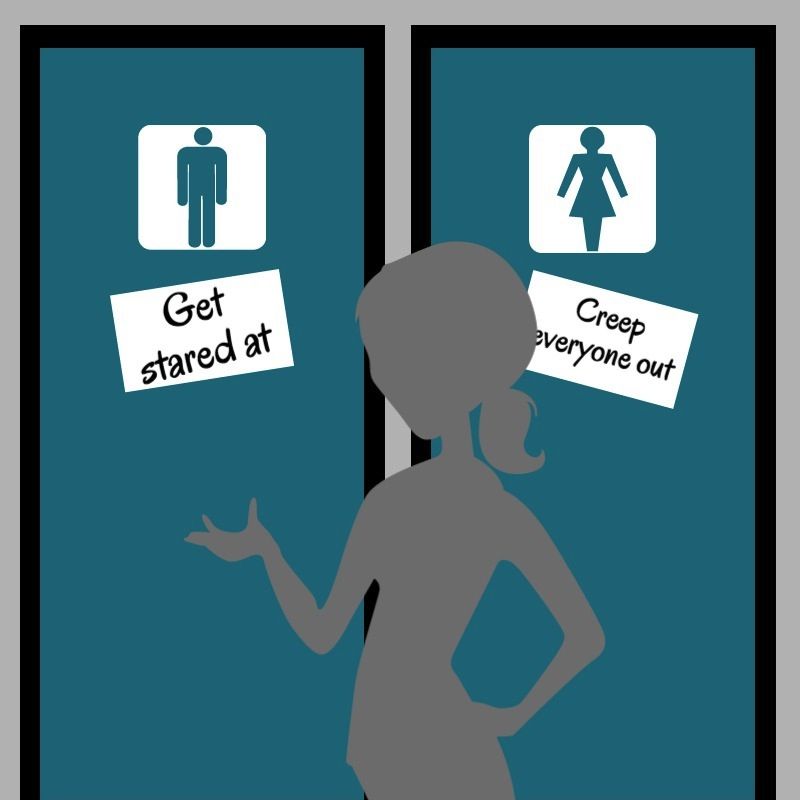Iowa State students, One Iowa map ISU gender-neutral, handicap restrooms
Richard Martinez/Iowa State Daily
Students are identifying the locations of gender neutral restrooms, lactation rooms and handicap accessible areas on campus. Being able to locate these facilities will help serve transgender students, mothers with children and the handicapped.
November 4, 2014
A group of ISU students are mapping out the gender-neutral and handicap accessible restrooms on campus as well as the locations of lactation rooms.
The ISU chapter of One Iowa, an LGBT activist organization, hopes to publish the results with existing maps of Iowa State.
Gender-neutral bathrooms are bathrooms that can be used by people of any gender and gender identity. People in transgender communities across the nation are advocating for gender-neutral bathrooms to help members of the transgender community may use a unisex bathroom without labeling themselves or encountering harassment.
The organization, which began at Iowa State this year, is tackling the inclusive restroom project as its first order of business. After hearing about other schools that had done similar projects, Elizabeth Tenbrook and Anna Slavina, both graduate assistants in psychology, decided to take on the project.
“We did a bit of a trial run just to see how the process would go, and on Nov. 6 during our meeting, we’re actually gonna figure out the way that we’re grouping people so that we can create certain autonomous groups, and everyone can schedule on their own time,” Slavina said.
During the trial run, Slavina said they borrowed a wheelchair to see where it was feasible for someone to use the restroom by themselves.
The groups will each take on different sections of campus and use a questionnaire that they created to determine where all of the gender-neutral restrooms are and their handicap accessibilities.
Tenbrook said that transgender people, people with a child of a different gender, handicapped people or people who may need an attendant with them could all benefit from knowing where these facilities are located.
The need for handicap accessible and gender-neutral restrooms is something that can impact someone either directly or someone they know, Slavina said.
“It’s something that’s so simple, just a simple human need, and it should not be so complicated to satisfy or to get there,” Slavina said.
Once all of the data is collected, Tenbrook and Slavina hope to be able to present the information to the university and have the data added as another layer under the accessibility tab for the Online Campus Map.
Tenbrook said they might also create a handout that could be provided to gender non-conforming students as a list of restrooms where they can feel safe. She said transgender students can feel unsafe or even be yelled at for regardless of which restroom they use.
Slavina said the project still must be approved by the university.
“Once we get a map going then we can formulate more of a plan as to how we are going to present it to the university,” Slavina said.
She said there is a lack of knowledge surrounding where gender-neutral restrooms and lactation rooms are, and One Iowa is working toward making people aware that there is a need for the locations to be mapped so those who may need them are aware of where they are located.
The University of Wisconsin-Madison website has a map of all gender-neutral restrooms on campus and on Sept. 29, Janet Napolitano, president of the University of California, announced the entire University of California system would begin converting all single-stall restrooms into gender-neutral facilities.
“[Iowa State] has an opportunity to be a leader in this,” Slavina said. “People already know about Iowa State for a lot of the science. They don’t necessarily know it as a place for political change.”







